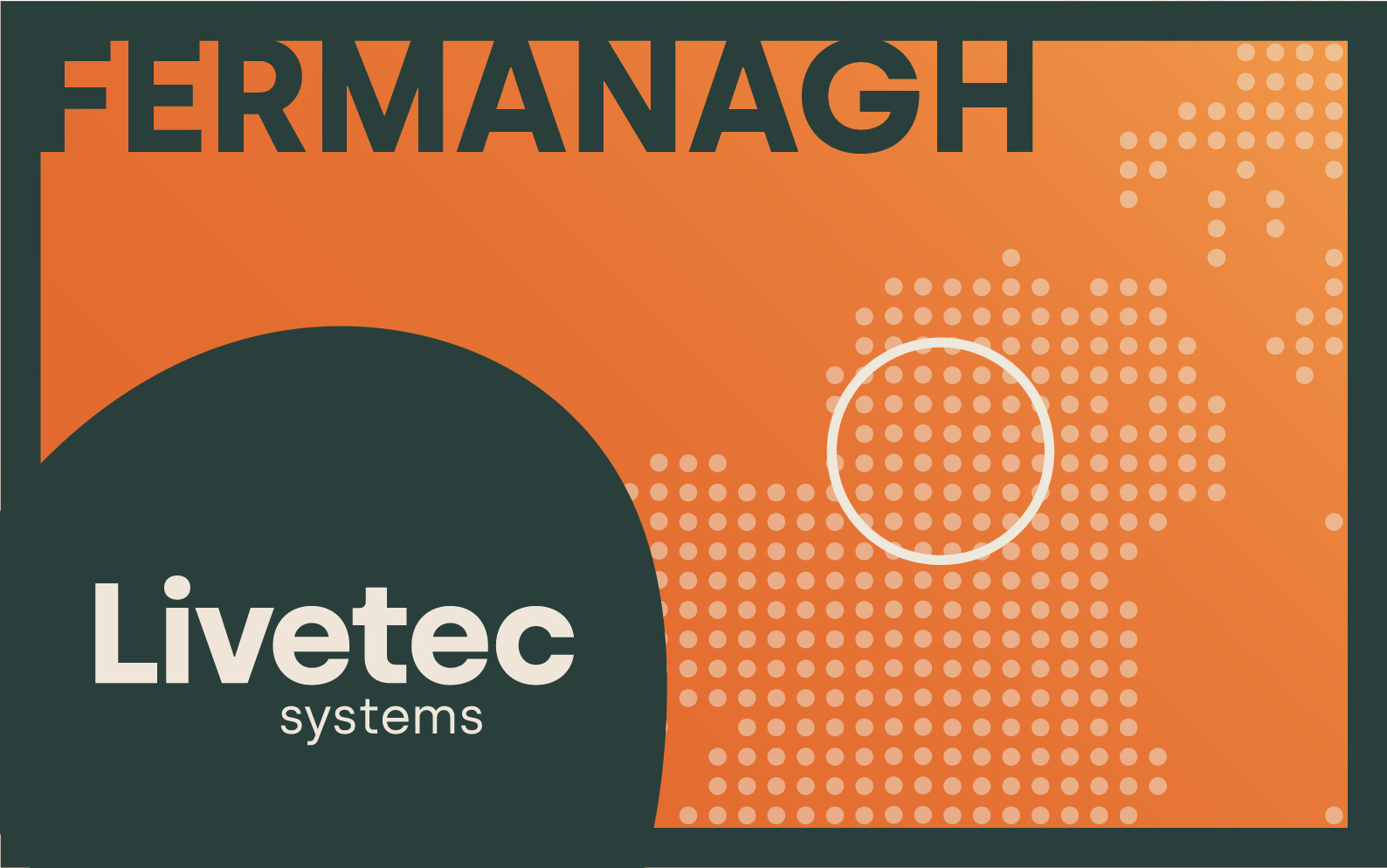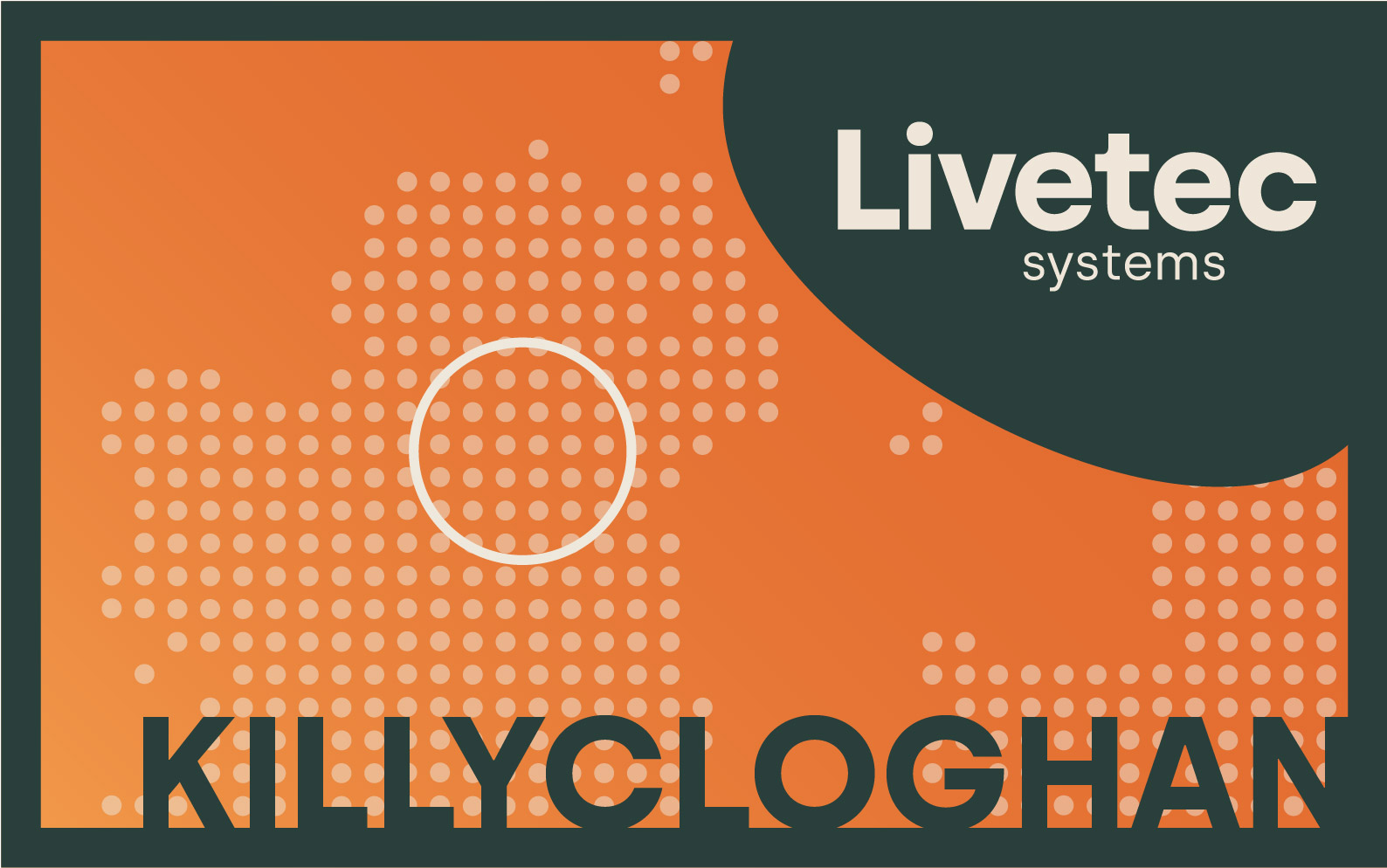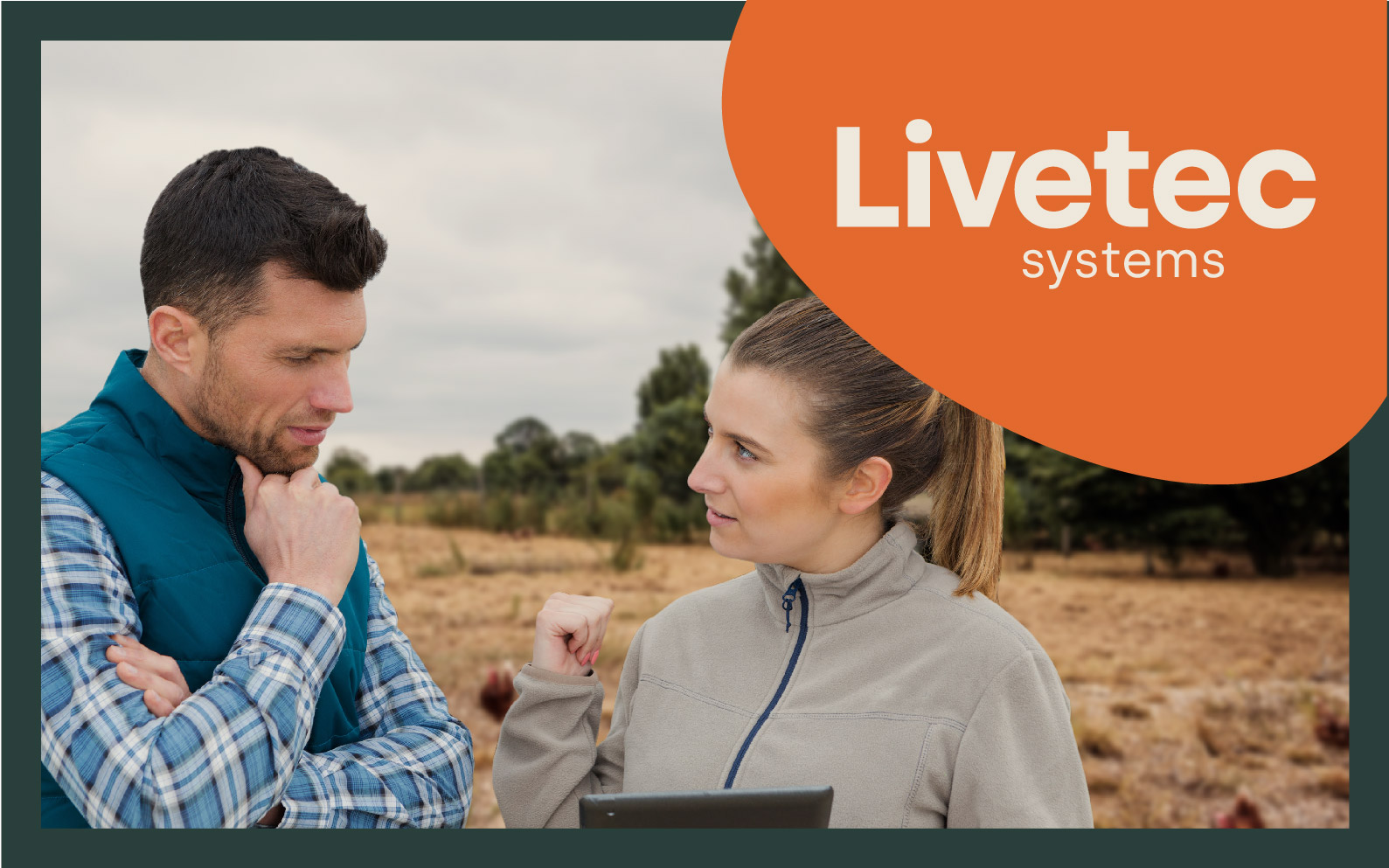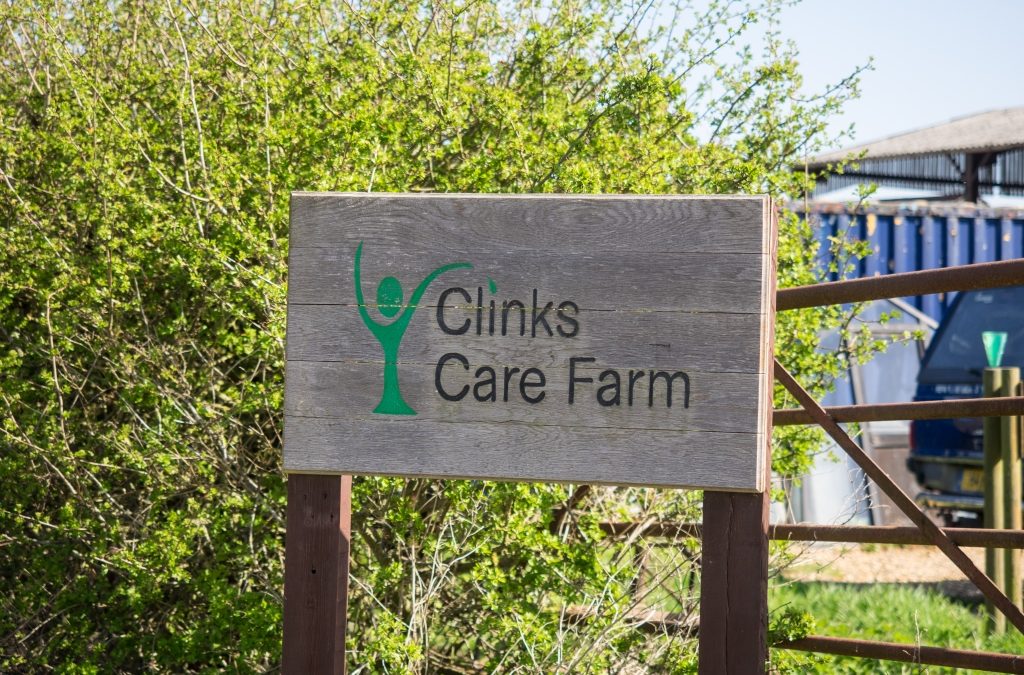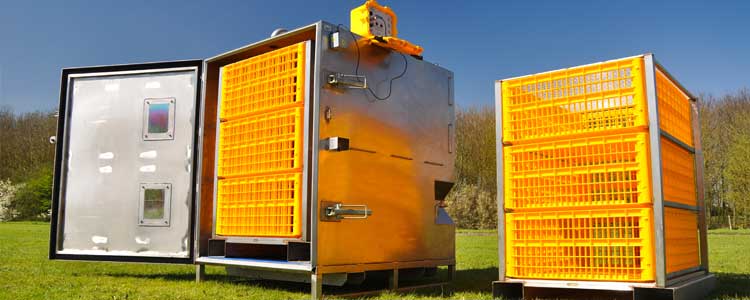It’s 2021, and we’re not only coming out of a global pandemic that’s threatened livelihoods but also one of the worst avian influenza outbreaks on record. Four distinct variants of the HPAI H5 virus have been identified at the same time across the country.
In total, 19 separate outbreaks were detected in the UK and Northern Ireland 2020-21. The impact on agriculture has been catastrophic.
Some farmers rely exclusively on insurance to provide essential financial support to aid recovery after such an event. A more effective approach would be to minimise the impact of a crisis by actively protecting the business in a way that facilitates ongoing productivity.
That’s where a good Disease Outbreak Contingency Plan – or CP – comes in.
What is a Disease Outbreak Contingency Plan?
A contingency plan looks beyond real-time data to consider possible scenarios that may arise in the future, designing strategies to manage these potential risks and threats.
In agriculture, contingency planning is a way to ‘expect the unexpected, and ensure that bespoke, reliable policies and processes are in place should the worst happen.
A farm-based CP will usually cover aspects such as:
- Potential risks, disasters, and emergency scenarios
- Possible impact on animal welfare
- Best practices for mitigating risk and maintaining the welfare of healthy livestock
- Incorporating CP strategies into business operations and ways of working
- Roles and responsibilities of workers and Government agencies in a crisis
However, there’s no such thing as a standard CP. A good contingency plan is a bespoke contingency plan, taking into account the risk to specific land parcels and animals and the impact on your livestock, farm, organisation, and community.
Overall, a successful CP should achieve three things:
- Ensure minimal disruption to the farm, business, and local communities
- Reduce the need to slaughter livestock as much as possible
- Minimise damage to the environment
Contingency plans also differ depending on who’s creating them. So while we can’t speak for everyone, we can offer insight into what goes into creating a bespoke Livetec contingency plan, developed by our trustworthy, experienced biosecurity experts.
- Comprehensive Risk Assessment: Our knowledgeable team work to identify the biosecurity risks across your land, from the perimeter inwards, to generate a holistic ‘complete picture’ overview of potential threats and existing vulnerabilities. Reviewing everything from vehicle movements to poultry area protocols, we produce a full risk assessment, including dynamic mapping of high-risk areas.
- Year-Round Biosecurity Plan: Drawing upon years of experience in agriculture and outbreak management, our experts analyse existing on-site biosecurity protocols in terms of the risks identified, highlighting strengths and weaknesses to determine where there’s room for improvement. We suggest LTS-endorsed best practice amendments and actionable recommendations.
- National Outbreak Local Response Plan: We work closely with farmers to incorporate relevant farm-level actions as outlined in The Avian Influenza and Influenza of Avian Origin in Mammals (England) (No.2) Order 2006 into their protocols. We offer a clear, bespoke, and easy-to-read summary of the document tailored to either egg-laying or poultry meat sites as required.
- Infected Premises Farm Response Plan: We create the personalised plans of action required by investigating officers should an outbreak occur or should disease be suspected amongst your livestock. Farm copies include everything needed to implement critical and time-sensitive management actions in an emergency situation, including contacts, bird data and measurements.
- Cleaning and Disinfection Plan: As a roadmap to ‘business as usual’, a C&D plan outlines the necessary hygiene measures (as outlined under The Avian Influenza and Influenza of Avian Origin in Mammals (England) (No.2) Order 2006 guidance) to restart normal day-to-day operations in compliance with EU legislation while simultaneously taking action to restore disease-free status.
This past year has shown all of us that the worst scenarios really can happen. And while we may not be able to accurately predict situations such as the COVID-19 pandemic or the four-variant HPAI H5 outbreak, we can take action – together – to ensure that we’re prepared and ready to handle whatever comes next with a strong, reliable CP.


